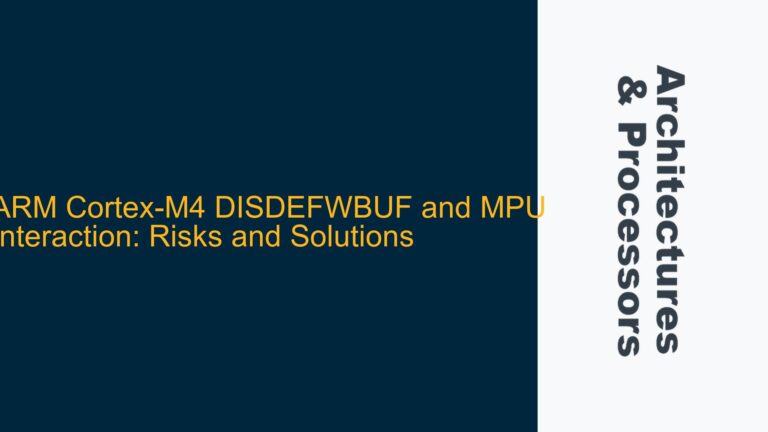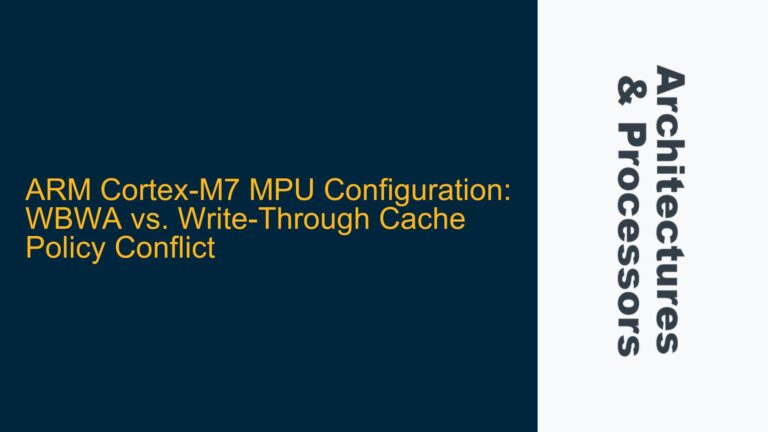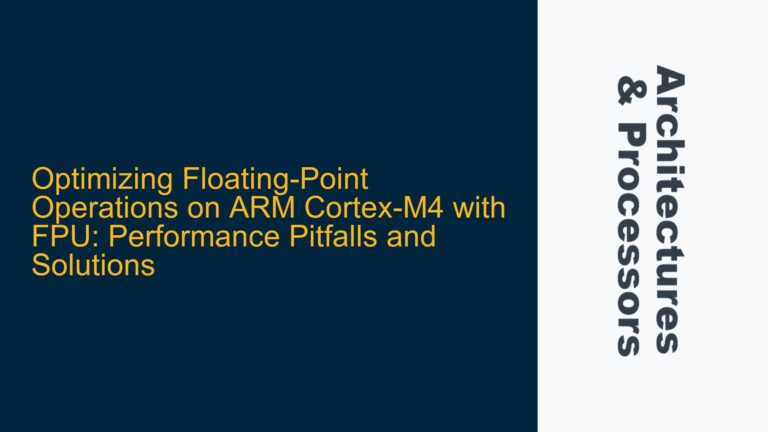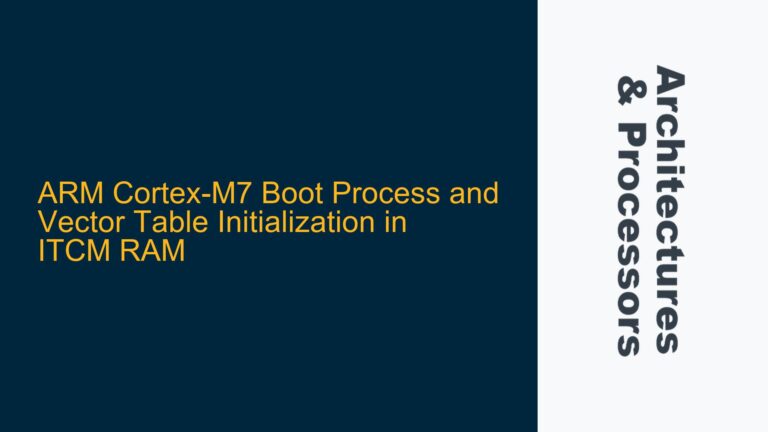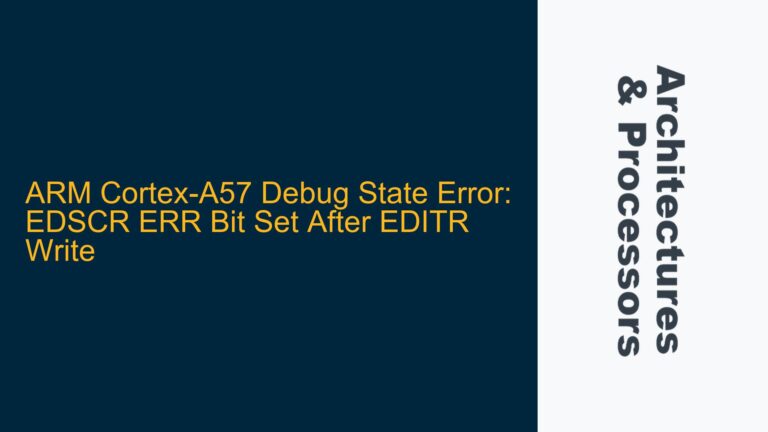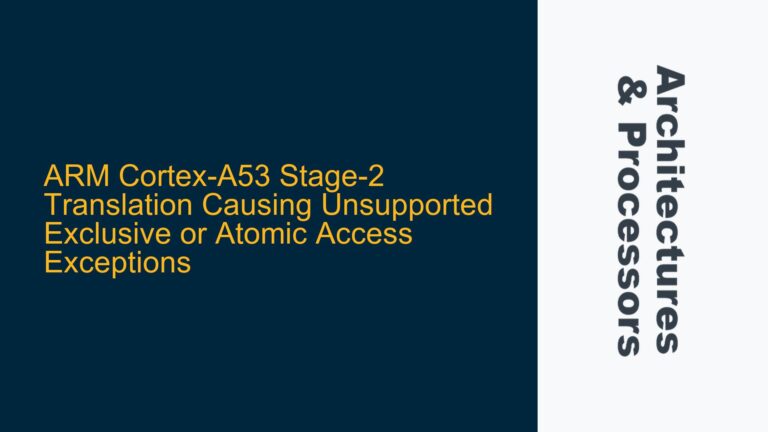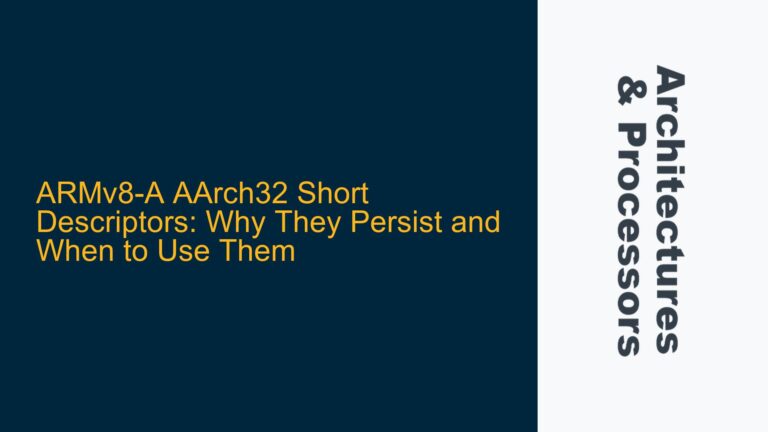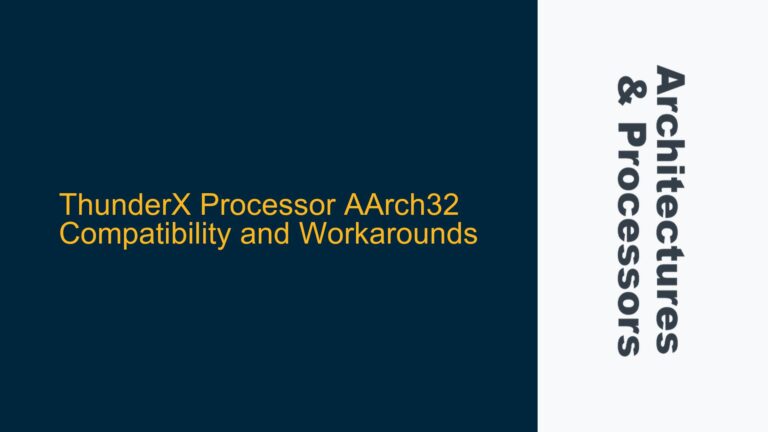ARM Cortex-M4 DISDEFWBUF and MPU Interaction: Risks and Solutions
ARM Cortex-M4 DISDEFWBUF Setting Impact on MPU Functionality The ARM Cortex-M4 processor is a widely used embedded processor known for its balance of performance and power efficiency. One of its key features is the Memory Protection Unit (MPU), which provides memory region protection and access control. However, when combined with specific settings in the Auxiliary…
